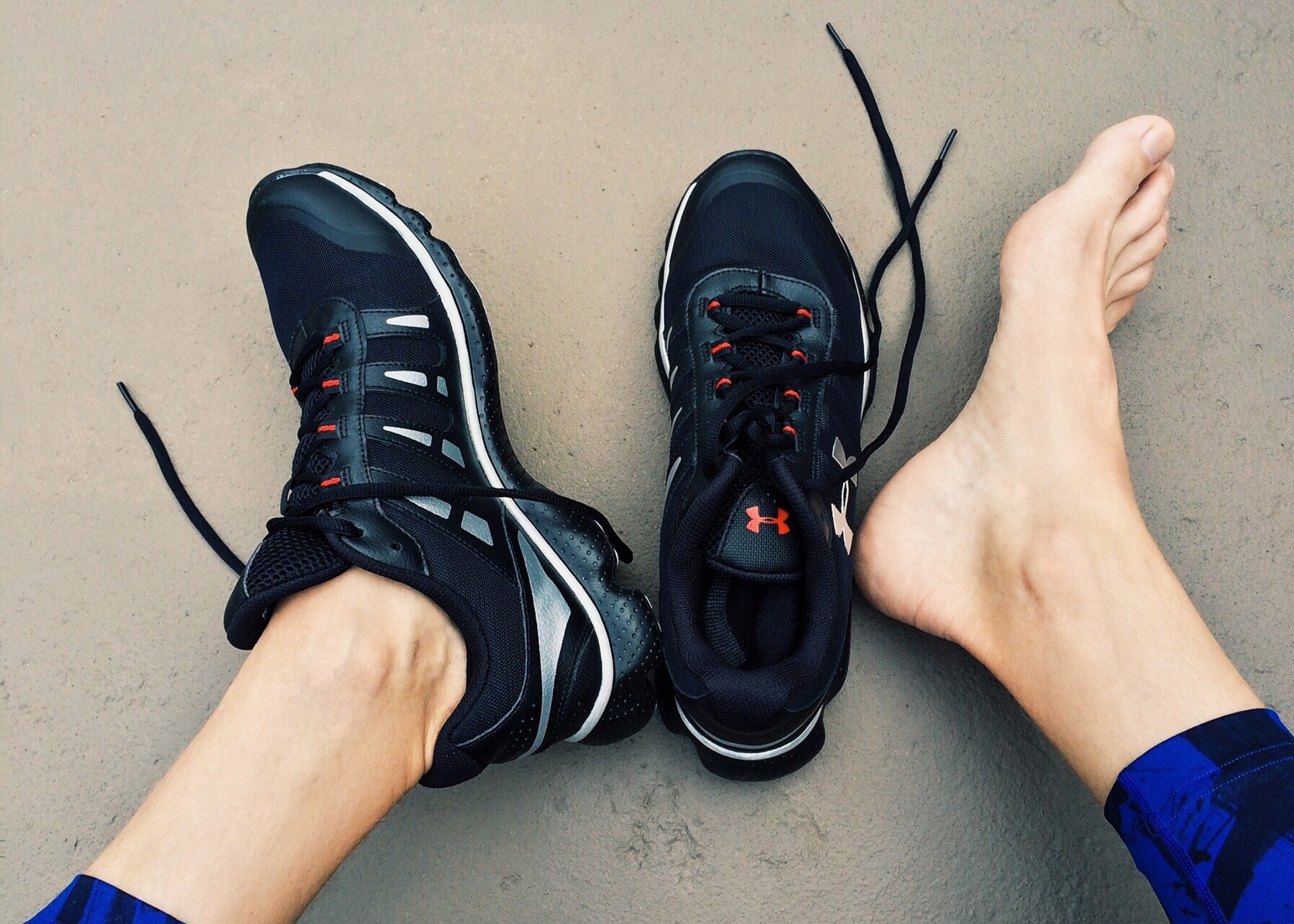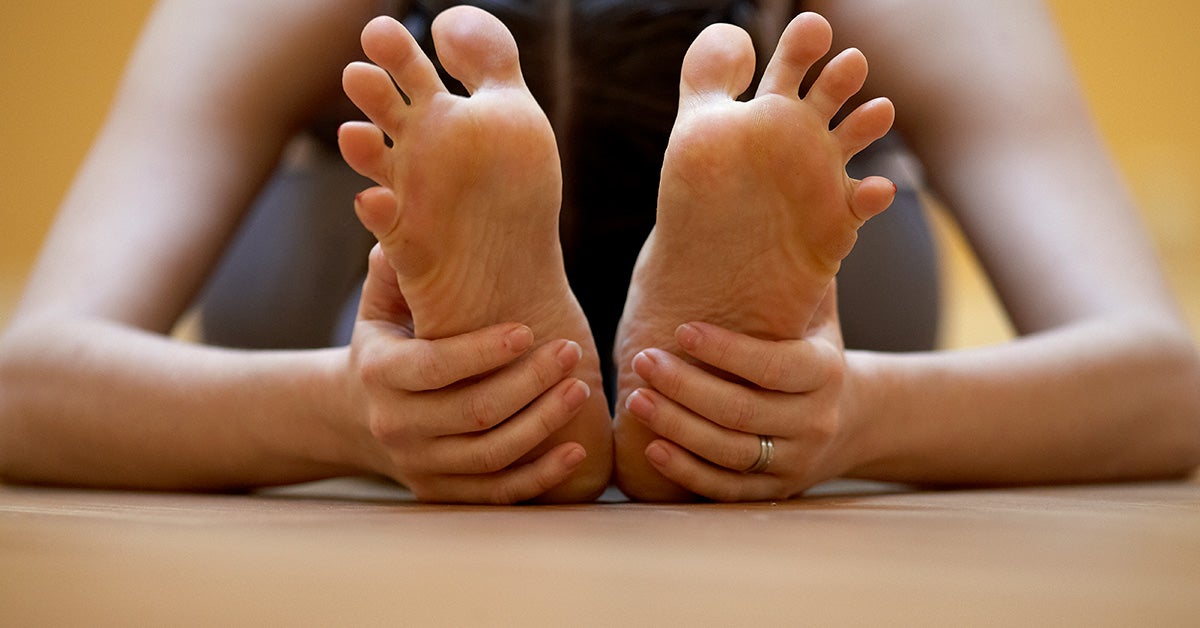Understanding Toe Cramps: Causes and Symptoms
Toe cramps, also known as toe spasms, refer to the sudden, intense pain and involuntary muscle contractions that occur in the toes. These uncomfortable episodes can affect daily activities and cause significant discomfort. Common causes of toe cramps include overuse, dehydration, and muscle strain. Overuse can result from repetitive movements, such as those performed during running or dancing, while dehydration can lead to an imbalance of electrolytes in the body, triggering muscle cramps. Muscle strain, often caused by inadequate warm-up or cool-down before and after exercise, can also contribute to toe cramps.
Immediate Relief: Simple Techniques to Alleviate Toe Cramps
When a toe cramp strikes, quick remedies can provide immediate relief and help restore normal function. One effective method is gently stretching the toes. This can be done by straightening the affected toes and holding them in place for several seconds before releasing. Repeat this process several times until the cramp subsides. Massaging the affected area can also help alleviate discomfort by improving blood flow and releasing tension in the muscles. Use your fingers to apply gentle pressure to the affected toe, moving in a circular motion for 30 seconds to 1 minute.
Applying heat or cold packs to the affected area can also offer relief. Heat can help relax muscles and alleviate tension, while cold can numb the area and reduce inflammation. Use a heating pad, hot water bottle, or warm towel for heat therapy, and an ice pack or a bag of frozen vegetables for cold therapy. Apply the heat or cold pack for 15 to 20 minutes, taking care to protect the skin from direct contact with extreme temperatures. Repeat this process as needed until the cramp subsides.
Preventive Measures: Long-Term Strategies to Avoid Toe Cramps
Adopting preventive measures can significantly reduce the likelihood of experiencing toe cramps. Proper hydration plays a crucial role in muscle function and can help prevent cramps. Ensure you consume at least eight glasses of water per day, and increase your intake during exercise or in hot weather. Additionally, consider incorporating electrolyte-rich drinks, such as coconut water or sports drinks, into your hydration routine, especially if you’re engaging in strenuous activities.
Regular stretching and strengthening exercises can also help prevent toe cramps. Set aside time each day to stretch your toes, feet, and legs, focusing on movements that improve flexibility and range of motion. Consider incorporating exercises like ankle circles, toe curls, and plantar fascia stretches into your routine. These exercises can help alleviate tension in the foot muscles and improve overall foot health.
Wearing appropriate footwear is essential for preventing toe cramps. Opt for shoes that provide ample support, cushioning, and room for your toes to move freely. Avoid high heels and narrow shoes that can constrict your toes and lead to muscle imbalances. Maintaining good posture and body alignment can also contribute to reduced cramping. Engage in exercises that strengthen your core and improve balance, and be mindful of your posture throughout the day.
Exercise Modifications: Adapting Your Workout to Prevent Toe Cramps
Modifying your exercise routine can help prevent toe cramps and ensure you maintain an active, healthy lifestyle. Reducing the intensity of your workouts, especially during hot weather or when you’re feeling fatigued, can help minimize the risk of cramps. Listen to your body and adjust your exercise routine accordingly, taking rest periods as needed to allow your muscles to recover.
Incorporating low-impact activities into your workout regimen can also help prevent toe cramps. Activities such as swimming, cycling, and yoga can provide a challenging workout without putting excessive strain on your toes and feet. Additionally, cross-training by participating in a variety of activities can help ensure that you’re not overworking any one muscle group, reducing the likelihood of cramps.
If you’re experiencing recurring toe cramps during high-impact activities like running or jumping, consider using orthotics or shoe inserts designed to provide additional support and cushioning. These devices can help distribute pressure more evenly across the foot, reducing the risk of cramps and injuries. Consult with a healthcare professional or a fitness specialist to determine the best orthotics for your needs.
When to Seek Professional Help: Identifying the Need for Medical Attention
In some cases, toe cramps may indicate an underlying medical condition that requires professional attention. If you experience any of the following symptoms, consult a healthcare provider for proper diagnosis and treatment:
- Persistent or worsening symptoms: If your toe cramps continue to worsen or occur frequently despite attempting preventive measures, it may be necessary to seek medical help. A healthcare provider can assess your condition and determine if there is an underlying issue contributing to your cramps.
- Difficulty walking: Severe or chronic toe cramps can make it challenging to walk or bear weight on the affected foot. If your cramps are interfering with your mobility, consult a healthcare provider for further evaluation.
- Signs of infection: If your toe cramps are accompanied by redness, swelling, or warmth in the affected area, these symptoms could indicate an infection. In this case, seek medical attention promptly to receive appropriate treatment.
- Associated pain or numbness: Toe cramps that occur alongside persistent pain or numbness in the foot or leg may be a sign of nerve damage or another underlying condition. Consult a healthcare provider for a proper assessment.
Healthcare providers play a crucial role in diagnosing and treating underlying conditions that may contribute to toe cramps. They can perform a thorough examination, recommend diagnostic tests, and develop a personalized treatment plan to address your specific needs. By seeking professional help when necessary, you can effectively manage your toe cramps and maintain your overall foot health.
Stretching Routines: Incorporating Effective Stretches to Prevent Toe Cramps
Incorporating stretching exercises into your daily routine can help prevent toe cramps and maintain overall foot health. Here are some effective stretches to consider:
Ankle Circles
Ankle circles help improve ankle mobility and reduce the risk of cramps. To perform this stretch, sit on the floor with your legs extended in front of you. Lift one foot off the ground and rotate your ankle in a circular motion, first clockwise, then counterclockwise. Repeat for 10-15 repetitions on each foot.
Toe Curls
Toe curls strengthen the muscles in your feet and toes, reducing the likelihood of cramps. Place a small towel on the floor and position your foot on top of it. Use your toes to scrunch the towel towards you, then push it back out. Repeat this exercise for 10-15 repetitions on each foot.
Plantar Fascia Stretches
Plantar fascia stretches target the muscles in the bottom of your foot, which can contribute to toe cramps. Sit on a chair and place the affected foot on your opposite knee. Pull your toes back gently until you feel a stretch in the arch of your foot. Hold for 15-30 seconds, then release. Repeat this stretch for 3-5 repetitions on each foot.
Marble Pickups
Marble pickups are another effective exercise for strengthening the muscles in your feet and toes. Place 10-15 marbles on the floor and, using only your toes, pick up each marble and place it in a bowl. Repeat this exercise for each foot, performing 1-2 sets.
Towel Scrunching
Towel scrunching is a simple exercise that can help improve foot and toe strength. Place a small towel on the floor and, using only your toes, scrunch it towards you. Release and repeat for 10-15 repetitions on each foot.
Heel Raises
Heel raises strengthen the calf muscles and can help prevent toe cramps. Stand behind a chair or sturdy object for support. Slowly lift your heels off the ground, rising onto the balls of your feet. Hold for a few seconds, then slowly lower your heels back to the ground. Repeat this exercise for 10-15 repetitions, performing 2-3 sets.
Incorporating these stretches and exercises into your daily routine can help prevent toe cramps and promote overall foot health. Remember to perform these stretches gently and consistently, holding each stretch for 15-30 seconds and repeating for 3-5 repetitions. Over time, you may notice a significant reduction in the frequency and severity of toe cramps.
Strengthening Exercises: Building Toe and Foot Muscle Strength
Strengthening the muscles in your toes and feet can contribute to better stability and reduced cramping. Incorporate the following exercises into your routine to improve muscle function:
Towel Scrunching
Towel scrunching is a simple exercise that can help build foot and toe strength. Place a small towel on the floor and, using only your toes, scrunch it towards you. Release and repeat for 10-15 repetitions on each foot.
Marble Pickups
Marble pickups are another effective exercise for strengthening the muscles in your feet and toes. Place 10-15 marbles on the floor and, using only your toes, pick up each marble and place it in a bowl. Repeat this exercise for each foot, performing 1-2 sets.
Heel Raises
Heel raises strengthen the calf muscles and can help prevent toe cramps. Stand behind a chair or sturdy object for support. Slowly lift your heels off the ground, rising onto the balls of your feet. Hold for a few seconds, then slowly lower your heels back to the ground. Repeat this exercise for 10-15 repetitions, performing 2-3 sets.
Toe Walking
Toe walking is a great exercise for strengthening the muscles in your toes and feet. Stand on your tiptoes and walk forward for 10-15 steps. Rest and repeat for 2-3 sets.
Resistance Band Exercises
Resistance bands can be used to strengthen the muscles in your feet and toes. Loop a resistance band around the balls of your feet and pull the band towards you while keeping your toes extended. Release and repeat for 10-15 repetitions on each foot.
Toe Splay Exercises
Toe splay exercises can help improve the strength and mobility of your toes. Place a small object, such as a pen or pencil, between your toes and spread your toes apart. Hold for a few seconds, then release. Repeat this exercise for 10-15 repetitions on each foot.
Incorporating these strengthening exercises into your routine can help improve foot and toe stability, reduce the risk of cramping, and promote overall foot health. Perform these exercises gently and consistently, gradually increasing the difficulty as your muscles become stronger. Remember to listen to your body and adjust your exercises accordingly to prevent injury and ensure optimal results.
Maintaining a Healthy Lifestyle: Diet and Lifestyle Factors to Prevent Toe Cramps
A healthy lifestyle can contribute to reducing the risk of muscle cramps, including toe cramps. Here are some diet and lifestyle factors to consider:
Balanced Diet
Consuming a balanced diet rich in essential nutrients can help prevent muscle cramps. Ensure your diet includes adequate amounts of:
- Calcium: Dairy products, leafy green vegetables, and fortified plant-based milks
- Potassium: Bananas, oranges, potatoes, and leafy green vegetables
- Magnesium: Nuts, seeds, legumes, and whole grains
- Sodium: Table salt, pickled foods, and processed foods (in moderation)
Hydration
Proper hydration is essential for maintaining muscle function and preventing cramps. Aim to drink at least 8-10 glasses of water per day, and increase your intake during exercise or in hot weather.
Healthy Body Weight
Maintaining a healthy body weight can help reduce the risk of muscle cramps. Excess weight can put additional strain on your muscles, increasing the likelihood of cramping.
Avoiding Tobacco and Alcohol
Tobacco and alcohol can contribute to muscle cramps by causing dehydration and interfering with nutrient absorption. Avoid or limit your consumption of these substances to reduce the risk of cramping.
Rest and Recovery
Getting adequate rest and recovery time is essential for preventing muscle cramps. Ensure you’re getting enough sleep each night and taking breaks during exercise or physical activity.
Managing Stress
Stress can contribute to muscle tension and cramping. Practice stress-reducing activities, such as meditation, yoga, or deep breathing exercises, to help manage stress and reduce the risk of muscle cramps.
By incorporating these diet and lifestyle factors into your routine, you can help prevent muscle cramps, including toe cramps. Remember to listen to your body and make adjustments as needed to ensure optimal health and well-being.






